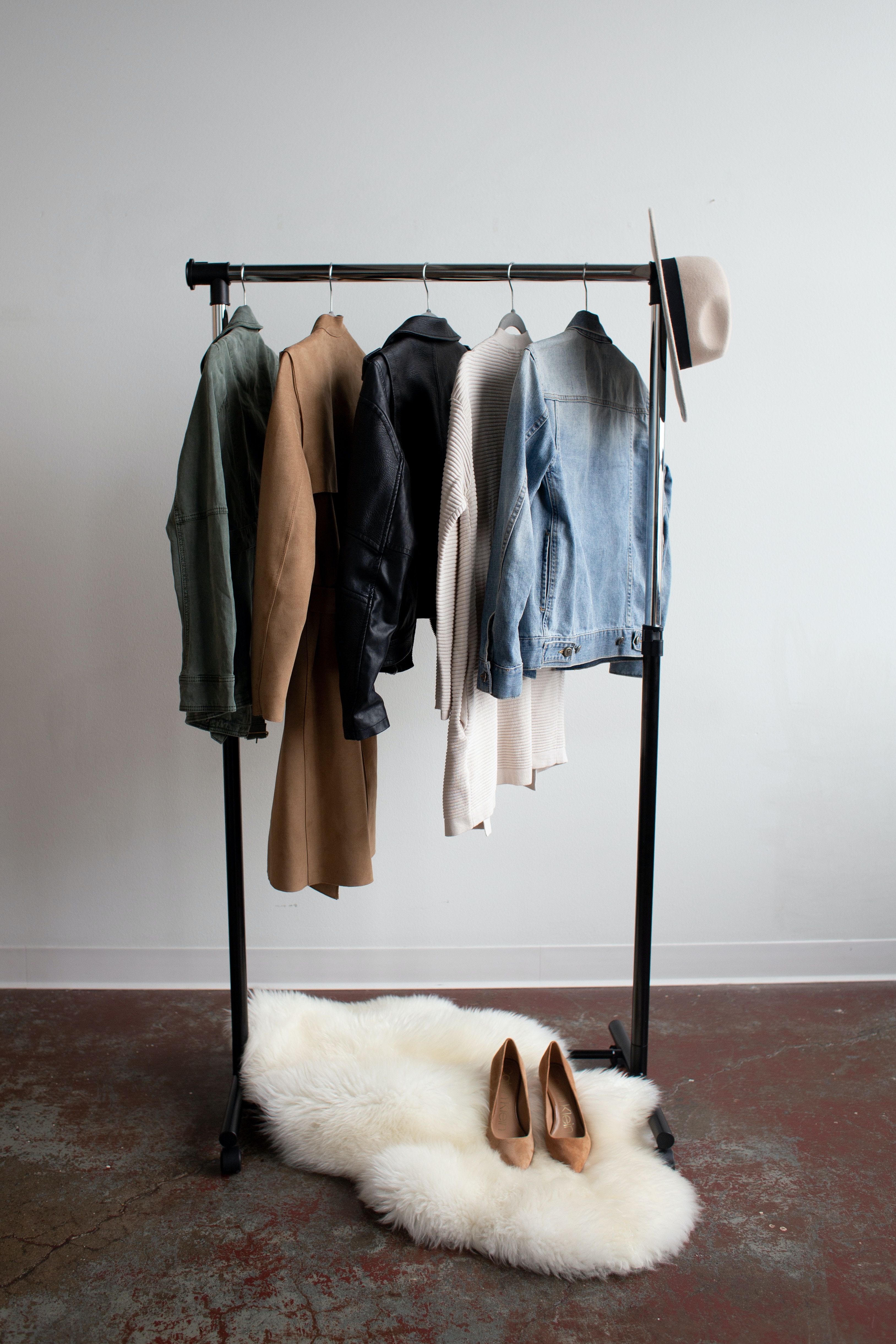
Reusing zips, buttons and logos from designer brands to create new clothing is a hit with consumers but it’s a risky business, find Beatrice Martinet and Natalie Bize of Sideman & Bancroft.
With consumers’ growing environmental consciousness and desire for a more sustainable fashion industry, the idea of offering a “second-life” to pre-worn clothing has garnered tremendous success.
A quick search on Etsy or a scroll through Instagram quickly reveals boutique after boutique offering “upcycled” jewellery and accessories incorporating pieces from prominent luxury brands.
These pieces generally include buttons, zippers, and other hardware from designer clothing and bags reworked into jewellery pieces, luxury bags cut into strips to create watch bands and wristlet keychains, and dust bags being added as patches to denim jackets and other clothing items.
According to Vogue, upcycling is the biggest fashion trend of 2021.
Despite the valid, socially conscious reasons spurring the growth of the upcycling movement, it is hard to deny that another likely reason for the flourishing trend is the allure of the appearance of luxury fashion at non-luxury prices.
Not surprisingly, some rights holders have grown concerned about these unauthorised uses of their trademarks. The trend is potentially damaging to the image of their brand and simply denies the brand owner the opportunity to control the distribution of their goods. The question arises: where should the line be drawn between the freedom to compete in the open market and “riding on the coattails” of prominent brands who have expended significant resources to establish recognition of their logos?
In this article, we will discuss the unique set of legal issues upcycling introduces, particularly when it comes to brands protecting their own trademark rights, and review how courts in the US and in Europe have interpreted the different interests at stake, in order to offer guidelines to brands, large and small, to limit legal risks.



